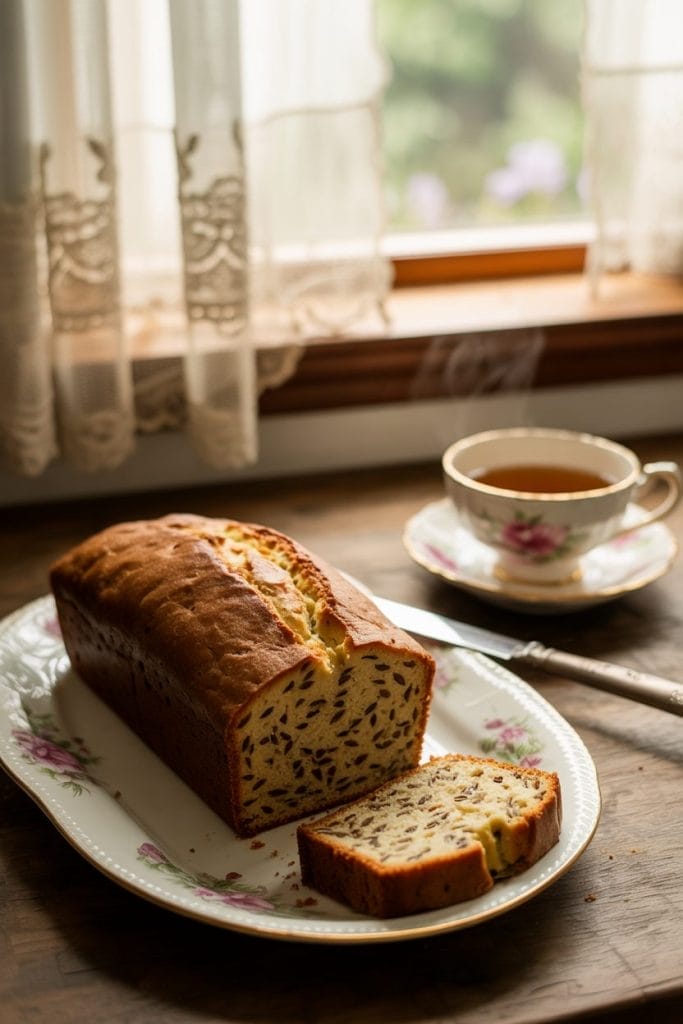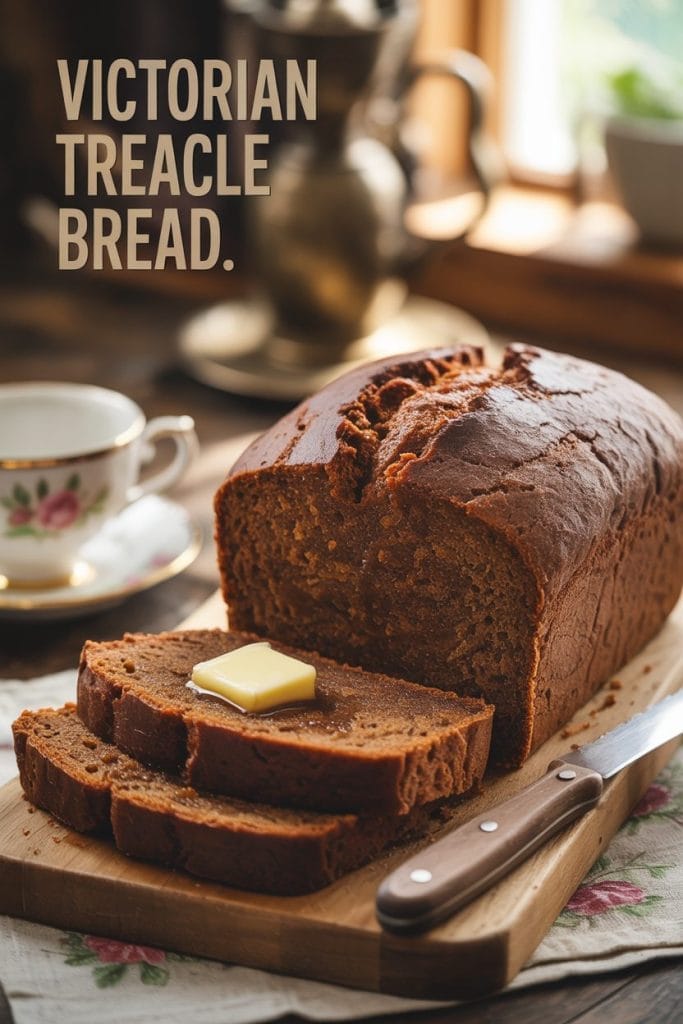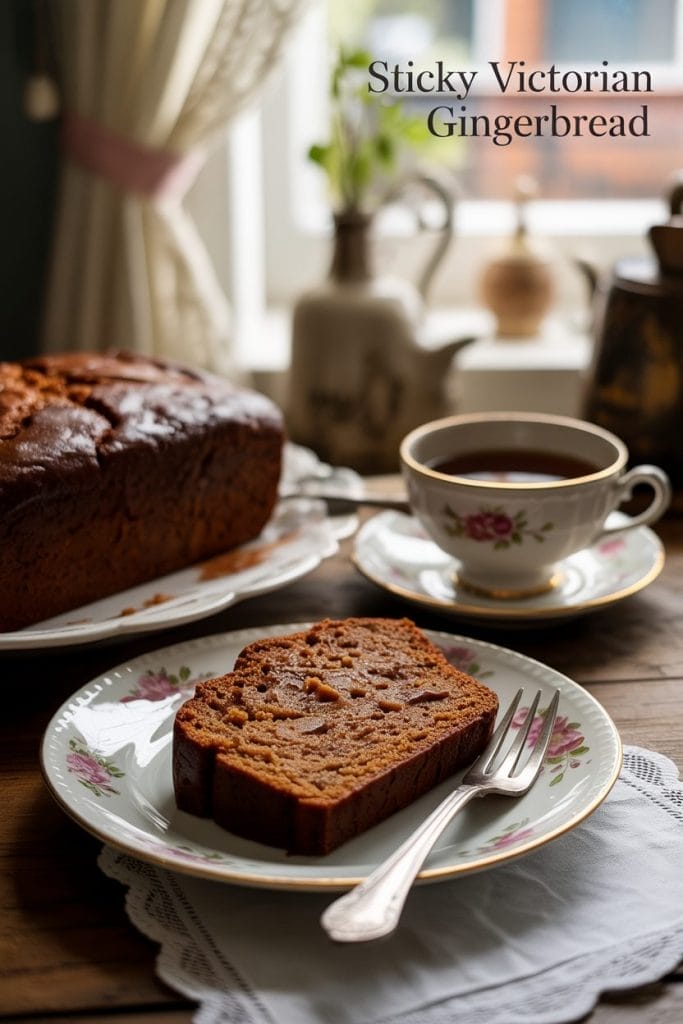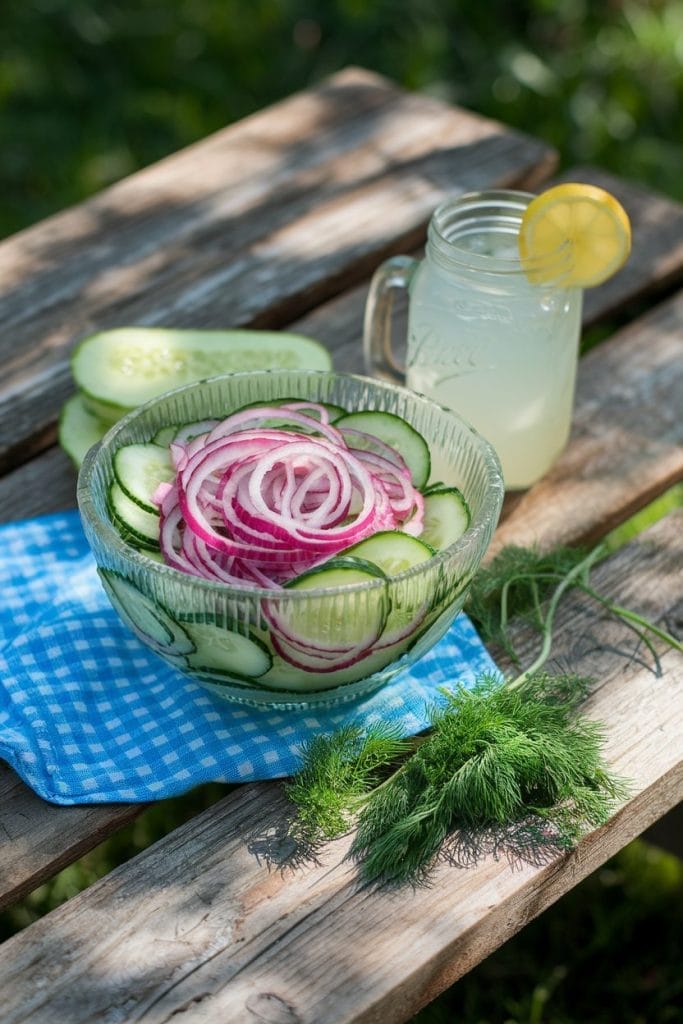I Made These FREE Vintage Recipe Tools JUST For You
This recipe was created with help from AI tools and carefully reviewed by a human. For more on how we use AI on this site, check out our Editorial Policy. Classic Fork earns a small commission from Amazon and other affiliate links at no extra cost to you, helping us keep our content free and honest.
5 Bread Recipes From The WW2 Era You Can Bake Today
Time Period:
Meal Type:
During World War II, the kitchen became a battleground of its own. With food rationing and ingredient shortages, families had to get creative to make the most of what little they had.
Bread, a daily staple, took on new forms as governments introduced recipes to stretch resources and keep people nourished. These breads were more than just food—they were symbols of resilience, ingenuity, and the spirit of survival.
From America’s Victory Bread to Britain’s National Loaf, each recipe tells a story of how different nations adapted to the hardships of war. These loaves were baked with love and determination in homes and communities, bringing comfort to families during uncertain times.
Today, these wartime bread recipes offer a glimpse into history and remind us of the importance of resourcefulness.
Let’s explore five of these iconic breads, their origins, and why they mattered so much during those challenging years.

What Would You Cook in Wartime?
Step back in time and discover what you could make with limited wartime rations
1. Victory Bread
Victory bread became a staple during WW2, especially in the United States and Europe. It was a response to flour shortages, as the government encouraged people to stretch their wheat supply by blending it with other grains like barley, cornmeal, or oats.
This bread symbolized resourcefulness and patriotism, often baked at home to reduce demand on commercial bakeries.
Victory bread was common in urban and rural areas alike, with variations across regions depending on locally available grains. It was often eaten as part of breakfast or as a snack with butter or jam.

2. National Loaf
This bread was a British wartime staple, introduced in 1942 to cope with severe food rationing. The National Loaf used wholemeal flour, providing more nutrition and using less refined flour to stretch wheat supplies. Its dense and slightly coarse texture was a subject of both appreciation and complaint among Britons.
The loaf became a symbol of resilience during the war, as it was served in homes and even school lunches across the UK. It was often paired with soups or stews for lunch or dinner.

3. War Cake Bread
This sweet bread originated in North America during wartime rationing, made without eggs, milk, or butter. It used alternative ingredients like molasses, raisins, or spices for flavor. This bread doubled as a treat during hard times, often baked for family gatherings or special occasions.
Its appeal spread to soldiers’ homes and was also popular in Canada, where molasses was abundant. It was commonly served as a mid-morning or afternoon snack with tea or coffee.

4. Rye Bread
In Germany and parts of Eastern Europe, rye bread was already a common staple but became even more important during the war. Rye was less expensive and more resilient to grow than wheat, making it an ideal choice during food shortages. It was baked in heavy, dense loaves that could last for days without going stale.
This bread was often served alongside preserved meats or cheeses for a modest lunch or dinner. It was particularly popular in rural areas of Germany, Poland, and Russia.

5. Oat Bread
Oats were widely used as a substitute for wheat in countries like Scotland, Ireland, and the United States. Oat bread became a wartime solution for people needing nutritious, cost-effective options. It was hearty and filling, often served during breakfast or as an energy snack for workers and soldiers.
This bread gained popularity in rural communities and among soldiers’ families, where oats were more accessible. It was often toasted and paired with jam or honey when available.

Maggie Hartwell
Hi there, I’m Maggie Hartwell, but you can call me Maggie—the apron-clad foodie behind Classic Fork! I created Classic Fork because I’m convinced food has a way of telling stories that words can’t. So, grab a fork and dig in. The past never tasted so good!






